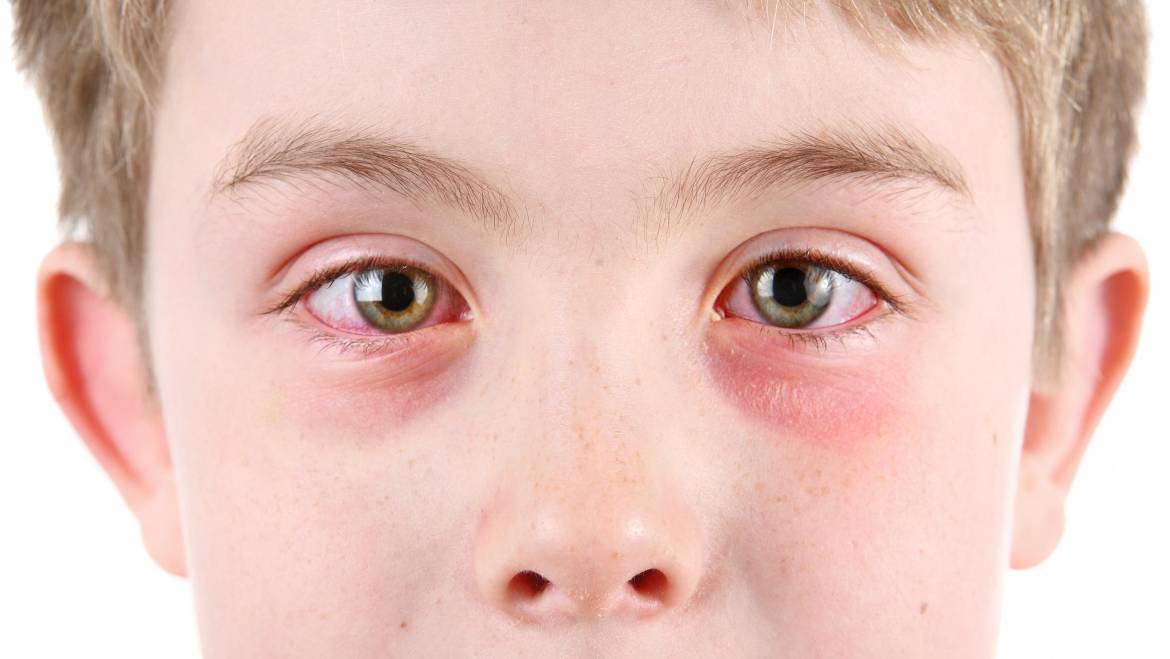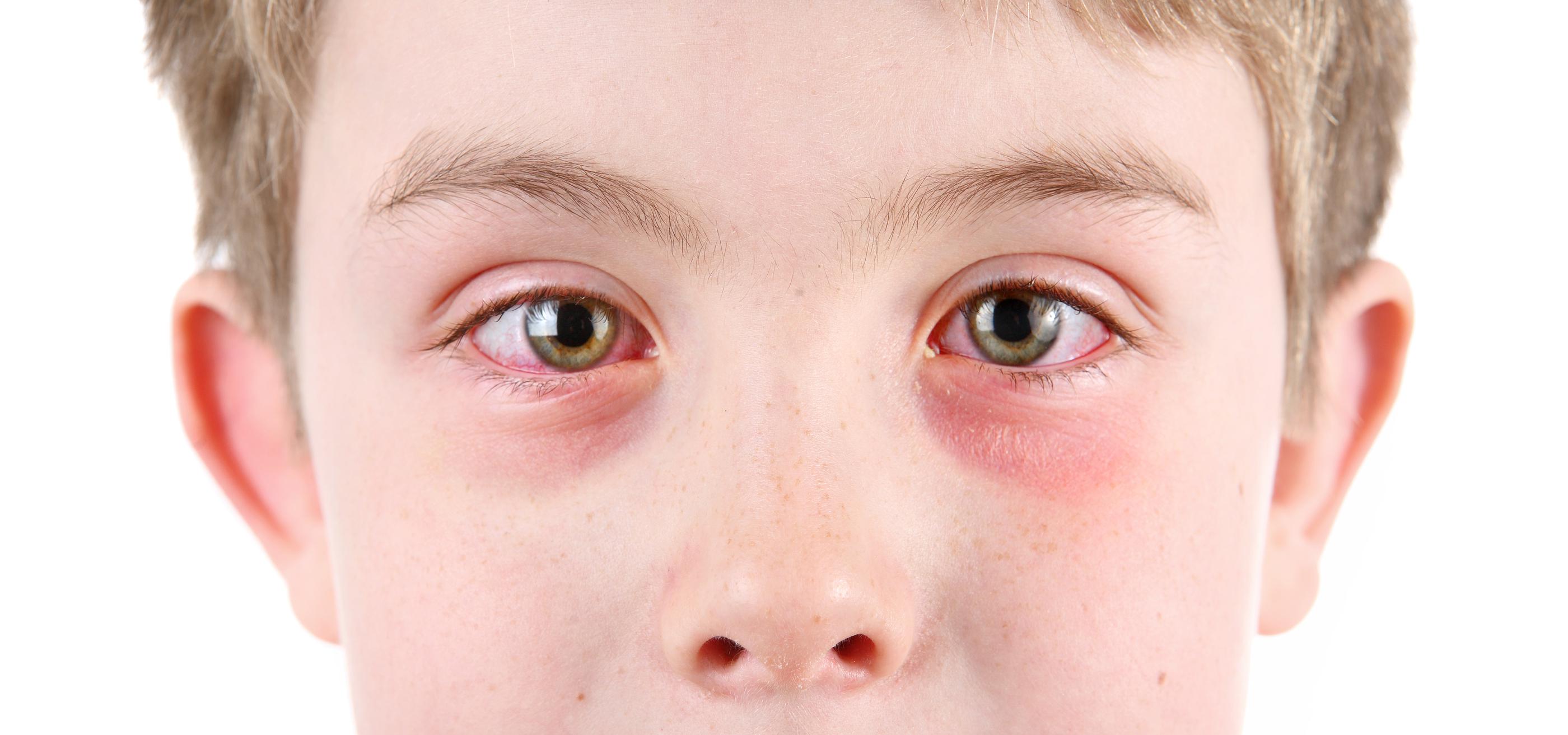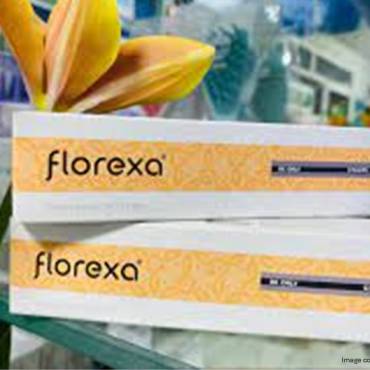The allergic attack on the eyes, or say allergic conjunctivitis, is very common in the people of different age groups. You must have proper knowledge of allergic conjunctivitis treatment, especially when we are surrounded by a lot of environmental pollens.
Though it’s easy to diagnose, but if you show any lethargy towards the eyes, then it can be problematic too.
It is said, that our eyes are the most precious things of the body that help us to see and enjoy this beautiful world. The eyes are one of the most sensitive parts of the body that can easily be affected by the dust and smoke. We witness allergic conjunctivitis symptoms when an allergen affects the eyelids, resulting soreness, inflammation, swelling and pain in the eyes. Eye inflammation caused by the allergy, virus or bacteria is always painful and can deteriorate eye’s health. People taking bacterial conjunctivitis treatment have to be cautious for the virus and allergy attack.
Anatomy of allergic conjunctivitis:
There is a membrane inside the eyelids that covers the eyeball. This membrane, also called the conjunctiva, is very susceptible to various types of allergen causing excessive release of histamine from the eyes, which is a state of allergic conjunctivitis. So it’s nothing but our body’s reaction to potentially allergic substances. The impact of pink eye is very common during hay fever and according to a survey report, about one-fifth of the world population is affected by the allergic conjunctivitis symptoms and the majority of them are infants and children. Different people have different immune strength, so their reaction to the allergen also differs.
The research studies have also proved that global warming has catalyzed pink eye disease, as more emission of greenhouse gasses increases the level of pollens in the environment that affects the sensitivity of the eyes. The allergic conjunctivitis treatment emphasizes more on keeping such hazardous elements as distant as possible.
Symptoms of allergic conjunctivitis:
The redness and puffiness around the eyes are very common symptoms of pink eye disease. It can also be recognized by some other signs, such as:
• Your eyes remain itchy and gritty
• Watery eyes or increased amount of tears (lacrimation)
• Swelling in the eyelids (edema)
• The whites of the eyes look red or pink
• Blurred vision
• Increased sensitivity to light
Causes of allergic conjunctivitis:
There are several causes of allergic conjunctivitis that simply originate from the reaction of our body’s immune system to an allergen that can be anything from dust to smoke responsible for triggering histamine secretion. Those who are suffering from asthma, hay fever or eczema can easily be a victim of pink eye. Some of the common causes allergic conjunctivitis is:
• Household dust
• Cosmetic products
• Dust mites
• Pollen from trees and grass
• Mold spores
• Air pollution
• Bath soap
• Animal dander
• Dermal powders
• Sometimes eye drops and medicines
• Chemical materials, including scents like perfume and household detergents
Types of Allergic Conjunctivitis:
Allergic conjunctivitis can be classified into two parts that are:
• Acute Allergic Conjunctivitis
It occurs in the short time, especially as a reaction to season’s change. Eye inflammation, swelling and itching are felt for a few days, most of the times acute pink eye problem disappears on its own. But, allergic conjunctivitis treatment is necessary if its symptoms remain for long.
• Chronic Allergic Conjunctivitis
In the condition of chronic allergic conjunctivitis, we witness pink eye many times in a year, resulting itching in the eyes and light sensitivity. It can be caused by various allergens such as household dust, perfumes, animal dander, plastic materials, etc.
Diagnosis of allergic conjunctivitis:
Ophthalmologists prescribe various eye tests and examine your allergy history during pink eye treatment procedure. They examine different signs of conjunctivitis. Some of the commonly recommended tests include allergy skin test, blood test, conjunctivitis test and eye bump examination. Identifying and eliminating the exact cause of allergy is an essential process. Similarly, bacterial conjunctivitis treatment is also taken into consideration for minimizing the impact of household allergens.
There are several topical medications including eye drops and over-the-counter oral antihistamines available to diagnose the allergic conjunctivitis symptoms. Such medicines offer instant as well as long-term relief, but you have to be careful while taking them, as these medicines can sometimes make your eyes dry.
Prevention of allergic conjunctivitis:
The avoidance of the eye allergens is said to be the best treatment of pink eyes, and most of the prevention tactics are quite affordable. The first and foremost thing is to avoid exposure to any possible eye allergens that can better eye vision. In this regard, some other steps are:
• Avoid exposure to toxic smoke for long
• Clean your eyelids daily using lukewarm water
• Wear sunglasses to resist UV rays, dust, and heavy wind
• Keep air ducts clean in the house
Conclusion:
Redness in the eyes is not new, and there is no need to panic for that. The changes in our lifestyle and increasing amount of environmental allergens have enhanced the gravity of the pink eye problem. Medicines prescribed by the ophthalmologists under Allergic conjunctivitis treatment can diagnose it completely. Plus, some preventive measures are equally important to eliminate allergic conjunctivitis symptoms. So, make a multi-pronged strategy to keep your eyesight healthy.




